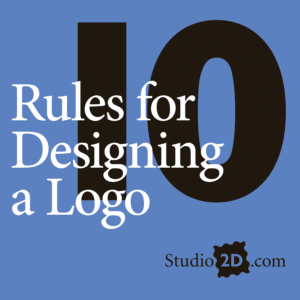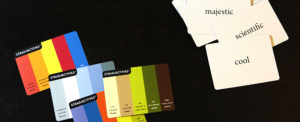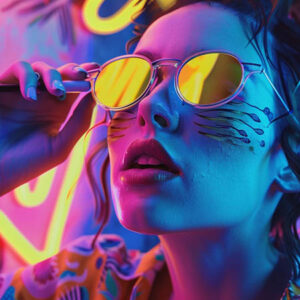We know the importance of precision when selecting a color scheme for a brand or project. (See the earlier post Introduction to Color.) But how do we decide on the colors themselves? Each color has a number of qualities that evoke cultural and personal associations in the mind, and elicit hormonal responses in the body. In choosing colors, you are essentially determining how customers will initially react to your product.
The color selection process begins with defining your message. How do you want customers to feel when they see your product? Hungry, energetic, serene, secure—there are hues for each of these feelings and more. For example, fast food restaurants almost always advertise with red and yellow, because these colors stimulate the appetite. Beauty products like skin cleansers and makeup use peach, blush, and aqua to suggest freshness and cleanliness. Financial institutions appear trustworthy and dependable when employing navy blue or dark green.
Select the dominant colors that convey your message. Add supporting colors to reinforce or refine your message. A simple three color palette includes a dominant color, a subordinate color, and an accent color.

Tweak your choices to target your specific audience. It is essential that you know your audience well. For teens and young adults, unexpected colors can suddenly become fashionable or fall out of favor. For audiences from a different country or culture than your own, a color may traditionally represent a different emotion than what you intended.
Finally, check your color scheme against those of your competitors. You may want some degree of association with an already established product, or you may want to completely stand out. Adjust your color choices accordingly.
Visit the post on Basic Color to learn about the emotional associations of each color.







